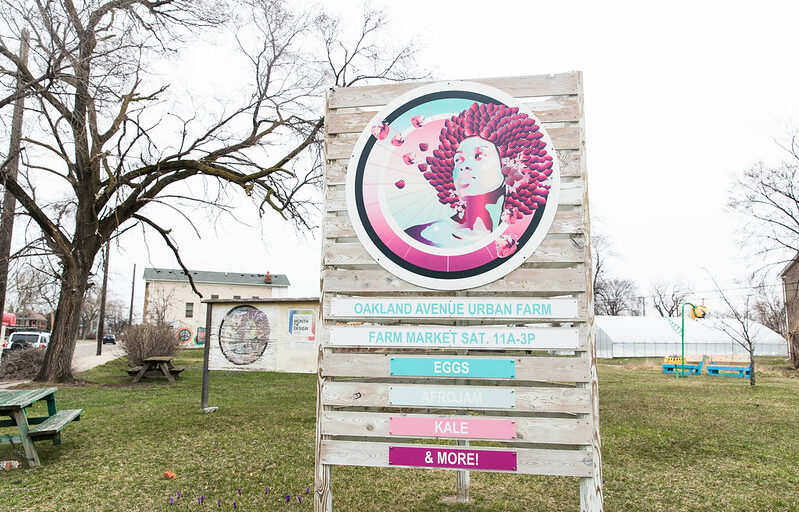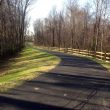Alley art project in Detroit aims to beautify blighted neighborhoods, promote local culture
Across the nation, cities are revamping their streets via art-based initiatives like asphalt painting projects, utility box artwork, murals, and alleyway art. With $3 million in American Rescue Plan Act funding, Detriot is among the latest to commission art as a way to encourage tourism, build community, and spur economic development through its Arts Alley Initiative.
“The city of Detroit is targeting blight in every neighborhood,” said Jessica Parker, chief enforcement officer for the city at a briefing held earlier this spring to announce four new art projects, adding to five that were commissioned at the end of last year. “For decades, alleys were forgotten places in our city that became havens for illegal dumping and overgrowth. But now, we are transitioning from blight to a city of beauty.”
Construction on the first round of alleys—in the Old Redford, Schulze, Jefferson Chalmers, Northwest Goldberg and Southwest Detroit neighborhoods—is expected to begin this summer. The latest four alleyways—in the city’s North End, Airport Subdivision, Jefferson Chalmers and McDougall-Hunt neighborhoods—were selected because of their neighborhood centrality and potential to connect the community.
The North End project, for example, is centered around Oakland Avenue, which connects the Oakland Avenue Farmers’ Market, the North End Resource Center, the Oakland Avenue Cooperative Greenhouse, and Black Bottom Garden Center, along with other community organizations and local businesses.
“The neighbors and the stakeholders in those places will determine what they do. The goal is to spur neighobhoord revitalization, mitigate localized flooding, create opportunity for our local creative workforce, and highlight neighborhood creativity,” said Rochelle Riley, director of the city’s Office of Arts Culture, & Entrepreneurship (Detroit ACE) at the announcement event. “There are eight different spaces anchored on this alley. People will be able to walk through from not just all over the neighborhood, but from all over the city.”
Elsewhere, the Bailey Park Alley is centered in the historic McDougall-Hunt neighborhood. The art project there builds on previous work done by the Bailey Park Neighborhood Development Corporation and the McDougall Hunt Neighborhood Association, according to an explainer about the project. Local resident Katrina Watkins along with other McDougall Hunt residents have envisioned the alley as part of a new community park that will be equal parts museum, art gallery and oral history.
Beyond the beautification aspect, cleaning up alleyways offers an opportunity to address the local impacts of climate change by adding passive greenspace features like rain barrels and rain gardens. To that end, the art initiative coincides with a broader municipal push to clean up 2,000 alleyways throughout the city. Other organizations, such as the Knight Foundation and the University of Michigan-Dearborn, which was instrumental in starting the alley cleanup effort through its Alley Activation and rainwater harvesting initiatives, have contributed funding and expertise to the broader beautification effort.



















